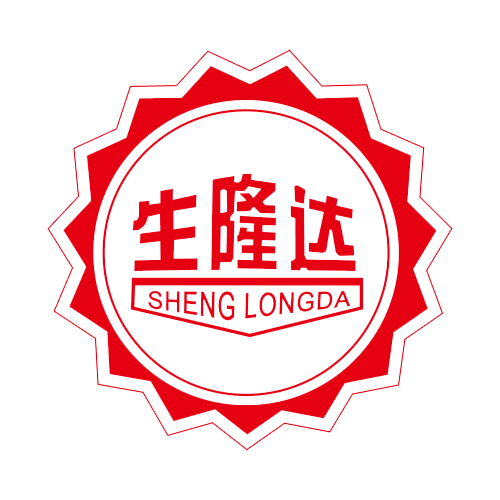Introduction: Why Blind Box Packaging Is More Than a Box
Blind boxes—sealed packages that hide their contents—have become a staple in categories like collectible toys and mini plants. For consumers, the mystery element fuels excitement and drives repeat purchases. For businesses, packaging is no longer just a container—it’s a powerful branding tool. In this guide, you’ll learn how to customize blind box packaging from material selection to display-ready presentation.
Step 1: Understand Your Product and Your Customer
Before jumping into design, start with product basics:
- Product Type: Is it delicate (like a succulent) or durable (like a vinyl toy)?
- Size & Weight: Affects material thickness and box strength
- Target Audience: Are you targeting kids, adult collectors, or eco-conscious shoppers?
Understanding your product and market helps ensure your packaging is both functional and visually appealing.
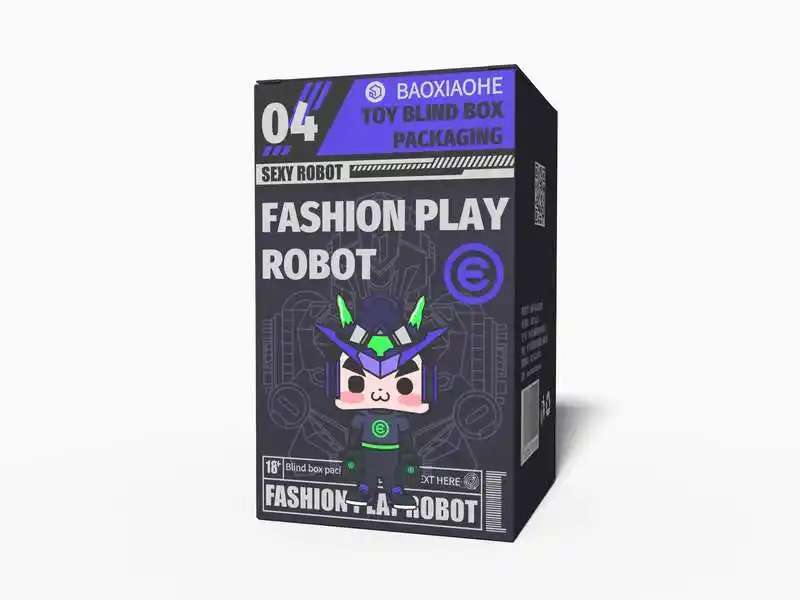
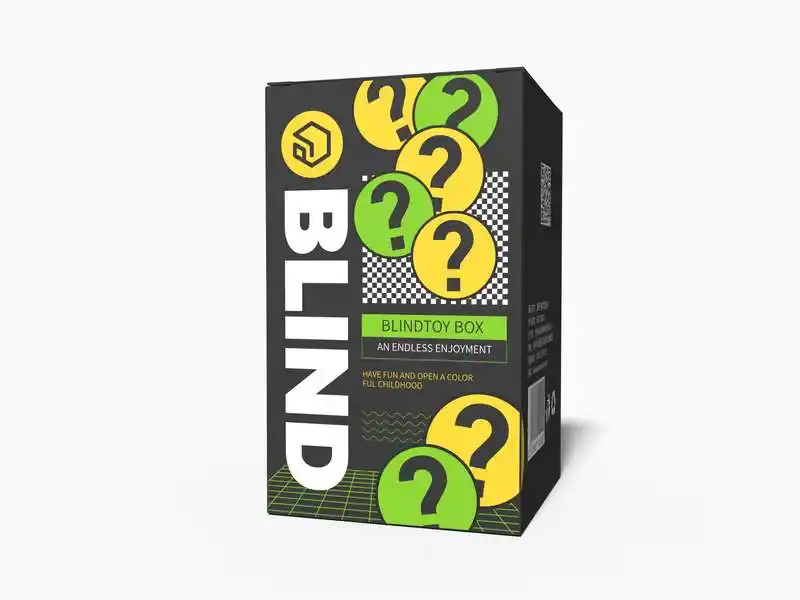

Step 2: Choose the Right Packaging Materials
Most blind boxes use paper-based materials for cost and flexibility. Common choices include:
- Folding Carton (350–400gsm): Smooth surface for colorful printing
- Kraft Paperboard: Recyclable, with a rustic and sustainable look
- Corrugated Paper: Used for larger or retail display boxes
Why paper is preferred:
- Lightweight and easy to fold
- Printable with vibrant finishes
- Eco-friendly and recyclable
- Suitable for mass production
Step 3: Select the Right Box Structure
The structural design of your packaging plays a critical role in both product safety and consumer experience. Below are three commonly used structures for blind box packaging:
- Tuck-End Box (Double Tuck Flap)
This classic structure features flaps on both the top and bottom. It’s easy to assemble, efficient for production, and best suited for lightweight products like figures or stationery. - Snap-Lock Bottom Box
A sturdier option with interlocking flaps at the bottom, offering better support for heavier or fragile items such as glassware or plant pots. - Zipper-Style Box (Tear Strip Opening)
Designed with a built-in tear line for easy opening, this box enhances the unboxing experience. It’s ideal for collectible series where opening the box cleanly and smoothly adds to the customer’s excitement. The structure remains secure during transport while offering a satisfying reveal moment.
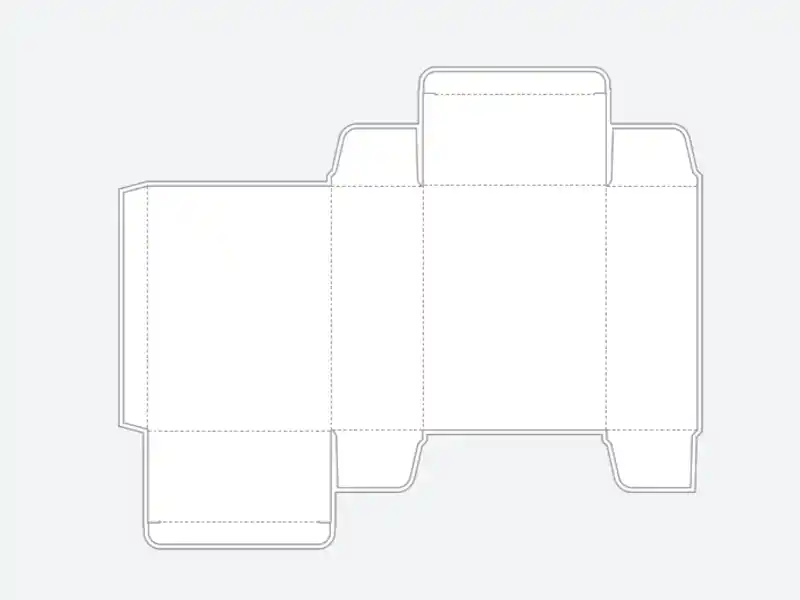

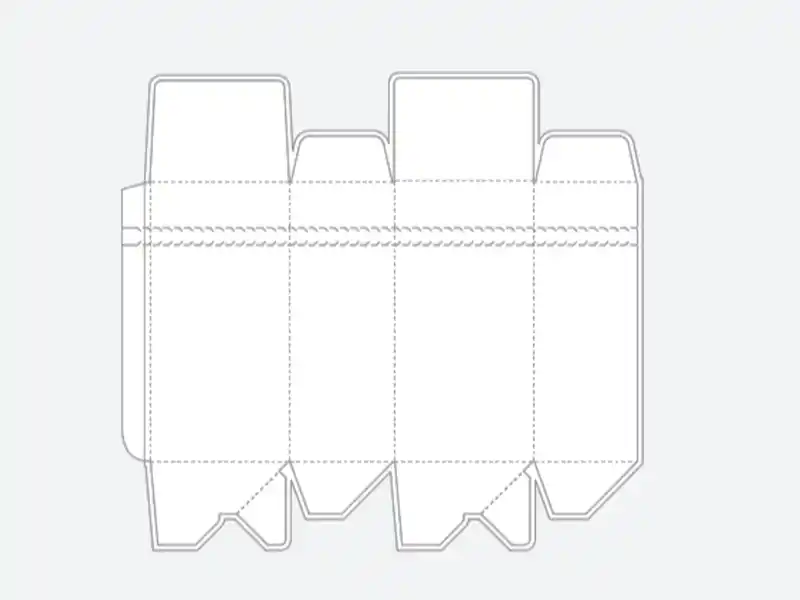
Internal Support Options:
To protect products inside, consider the following inserts:
- Molded pulp trays – Eco-friendly and biodegradable
- Blister inserts – Provide individual compartments
- Foam holders – Offer premium protection for delicate items
Selecting the right box structure—and pairing it with proper internal support—helps your packaging meet both logistical and marketing goals.unboxing experience and brand perception at the point of sale.
Step 4: Design for Branding and Finishing
Blind boxes are collectible, so visual impact is key. Consider:
- Printing: CMYK offset for vibrant graphics
- Finishes:
- Matte/Glossy Lamination
- Spot UV Coating for highlights
- Foil Stamping for luxury elements
- Embossing/Debossing for texture
Other design tips:
- Add QR codes or series numbers
- Leave space for storytelling panels
- Ensure branding consistency with your product line
Step 5: Add a Retail Display Box (Highly Recommended)
If your blind boxes will be sold in stores, retail display packaging is a smart addition:
- Holds 6–12 individual boxes
- Comes in pop-up or countertop formats
- Maximizes brand visibility on shelves
- Easy for retailers to display and restock
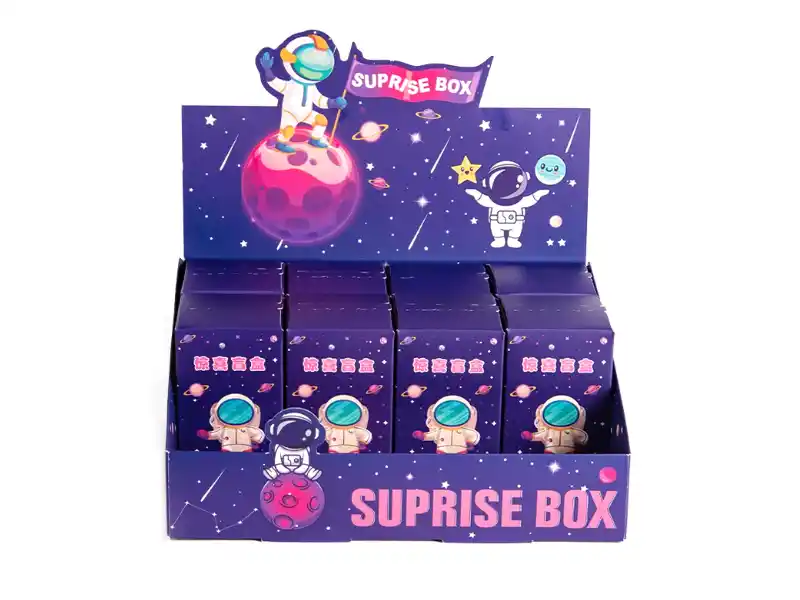
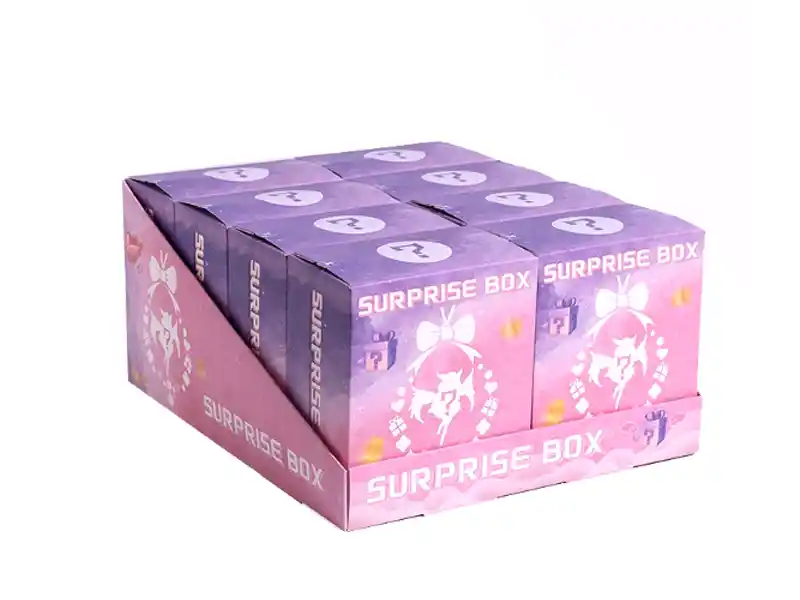
Display boxes not only protect units in transit but also turn packaging into a mini billboard at point-of-sale.
Step 6: Prepare for Production with a Packaging Supplier
Work closely with a packaging manufacturer to streamline the process:
What to prepare:
- Product dimensions and weight
- Artwork files (with dielines)
- Quantity estimates and budget range
Questions to ask suppliers:
- Minimum order quantities (MOQs)
- Sampling options (digital vs. physical)
- Lead times for production and delivery
- Available customization (materials, finishes)
Early collaboration reduces revisions and keeps your timeline on track.
Conclusion: Custom Packaging That Delivers More Than a Surprise
Custom blind box packaging isn’t just about hiding the product—it’s about delivering a brand experience. By selecting the right materials, structural design, and display format, you create packaging that drives curiosity, protects your product, and turns casual buyers into loyal fans. For brands entering or scaling in the blind box space, great packaging is where the magic starts.
